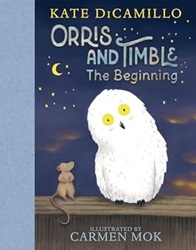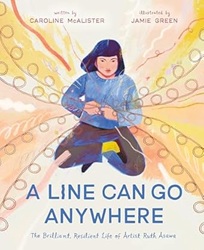Review of The Women, by Kristin Hannah, read by Julia Whelan
by Kristin Hannah
read by Julia Whelan
Macmillan Audio, 2024. 14 hours, 57 minutes.
Review written August 5, 2025, from a library eaudiobook.
Starred Review
I know, I know – I’m way behind most people on reading this book, but Wow! Now I see why it’s been so popular.
“The Women” the title refers to are the women who served in Vietnam. Even though they were often told after the war that “There were no women in Vietnam.” (And Kristin Hannah’s author’s note at the end tells us that was a detail she got from more than one woman she interviewed.)
She tells the story of many women by focusing in on one woman, Frankie McGrath. At her brother’s going-away party, setting off to serve in Vietnam, when they all thought the war would be over soon, she was told, “Women can be heroes, too.”
So Frankie trained as a nurse and decided to serve in Vietnam with her brother. But the very day she signed up and told her parents the news was the day that they got word that her brother was killed in action, no remains found.
When Frankie got to Vietnam, it was trial by fire. Kristin Hannah takes us through her bewildering first day when there was a mass casualty event, through her training in the neuro ward, watching over patients who were unresponsive, through her coming into true expertise as an Operating Room Nurse.
And the author shows us how this was the worst and best time of Frankie’s life. Besides the horrors that haunt her, she built friendships like cement. She fell in love more than once – trying to avoid the ones who are already married. And she watched people die. But she also saved many lives, and held the hands of the dying so that they were not alone.
Half of the book is about what happened after Frankie got back. She was not hailed as a hero, not even by her parents, who’d told people she’d gone to school in Florence. The reader can see her PTSD symptoms – before that was even named as an issue.
There were times as I was reading this book when I cringed because I was pretty sure another impossibly hard thing was going to hit Frankie. And I wasn’t wrong.
But this is ultimately a story of a woman who went through impossibly hard things and came out the other side. The book ends on a well-earned hopeful note. And I love that Frankie represents the actual lives of the thousands of women who served in Vietnam. Her story helps us understand their stories.
Find this review on Sonderbooks at: www.sonderbooks.com/Fiction/women.html
Disclosure: I am an Amazon Affiliate, and will earn a small percentage if you order a book on Amazon after clicking through from my site.
Disclaimer: I am a professional librarian, but the views expressed are solely my own, and in no way represent the official views of my employer or of any committee or group of which I am part.
Subscribe for more reviews and talk about books.
Join the conversation: What did you think of this book?









